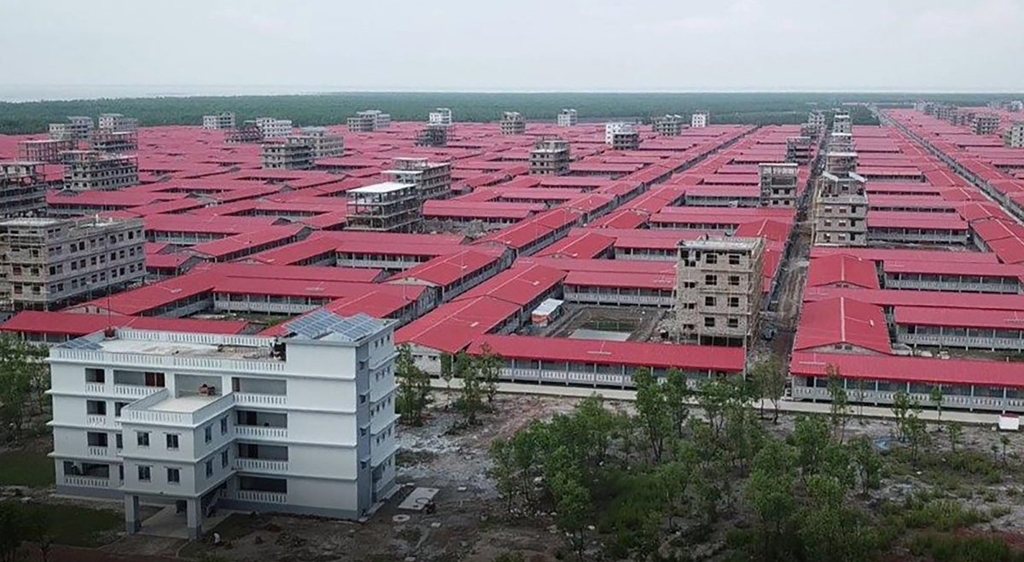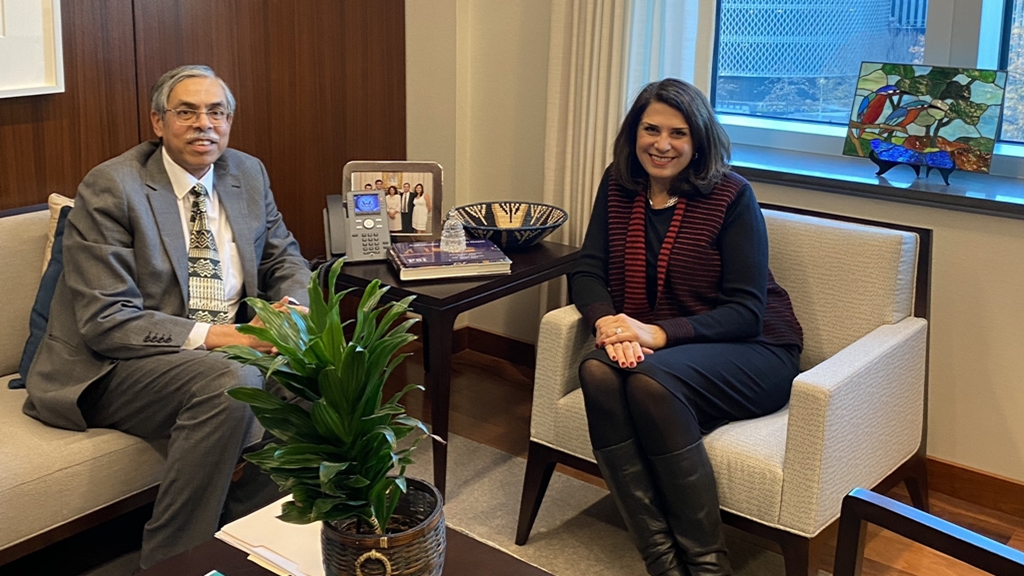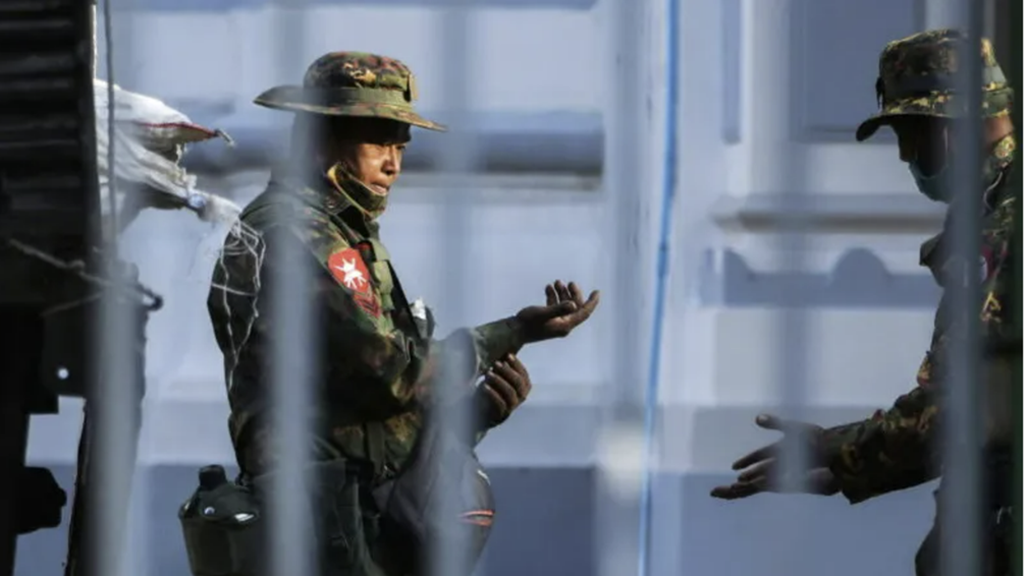
Critical Analysis On Why The Island Experiment of Bhasan Char Is Not An Option For Rohingya Refugees
- 08/05/2020
- 0
By Mabrur Ahmed, Restless Beings
Restless Beings has for the past 11 years been actively working with the Rohingya community of Burma. Over the past decade we have helped many media houses such as AFP, BBC, CNN and Channel 4 gain access to the Rohingya in Burma, we have facilitated many think tanks and research bodies such as the ODI and been the key facilitators for Members of Parliament or high profile celebrity types visiting the camps. Restless Beings has been a strong advocate for policy change with the British government on Burma as well as being a humanitarian organization distributing more than 600 tonnes of aid and helping over 140,000 Rohingya since the latest round of genocidal action took place in 2017. Without doubt the situation for Rohingya has worsened over the years and more specifically, it is without doubt that the approach of the Burmese military has been more and more aggressive towards the Rohingya over time. What is also without doubt is the fact that the notion of what constitutes to an ‘international community’ has at best been trying to address the situation without much success and perhaps more realistically has had an impotent response thus far to challenge the Burmese to stop a genocidal campaign against not just the Rohingya but other ethnic minorities too. We, as an organization, exist in a space between human rights advocacy/activism and a humanitarian organization but it is in the spirit of advocacy and activism that I address you today.
The mega camp that is now known as the Kutupalong Balukhali refugee camp houses more than 700,000 Rohingya refugees that have escaped violence and military led programs in Burma. Alongside this there are a number of other refugee camps or settlements that house Rohingya refugees. Thaingkhali, Palongkhali, Unchiparong, Leda Bazar, Shamlapur and Burmapara are others that have seen a massive rise in refugee populations since August 2017. In total almost 1 million Rohingya refugees are now habituating in Bangladesh’s most southerly region of Cox’s Bazar district. During our initial field studies back in 2008, the Kutupalong camp (official and unofficial camps) housed circa 90,000 people, Leda Bazar housed around 8,000 people and Shamlapur housed around 1,500 people. The majority of these were long term refugees from the fall out of the early 1990’s military offensives on the Rohingya. Fast forward to 2016, the year of the first response by Myanmar to the rise of ARSA and Kutupalong had now been extended to Balukhali where an additional 70,000 had joined the existing 90,000 making a total of around 160,000 refugees. Leda Bazar and Shamlapur had seen incremental rises to take population figures to 13,000 and 3,000 respectively. The military campaign of 2016 saw almost 90,000 people escaping violence and particularly rape as a weapon of oppression. By November 2017, these three camps alone had seen unprecedented arrivals of Rohingya refugees. Kutupalong-Balukhali now had almost 500,000 refugees, Leda Bazar had over 25,000 and Shamlapur had figures touching the 10,000 mark.
The world reacted with tens of millions of dollars of aid arriving within months by small and large humanitarian organizations alike. The general public was moved by horrifying scenes of struggle across news channels, documentaries and social media posts. Consequentially however, many mistakes were made during the melee of assisting genocide survivors which go a long way to explaining the current status of the refugee camps in 2019. Firstly, many of the existing refugee population were largely ignored leading to discord and putting in place the tenements to current hierarchical structures that exist today. In Kutupalong, in communities that we visited in 2015, a small hamlet of refugees had built themselves 5m x 4m homes commonly split into two rooms, a cooking area and a sanitation area. In 2018, a decision was made to tear the homes down and re-house the same people in one room 2mx2m huts. This has forced a wedge between this community who had been living here for the past two decades and the recent arrivals. In Shamlapur, long term refugees had used black plastic sheets to erect small shacks whereas the newly arrived refugees had received UNHCR emblazoned tenting material. The long term refugees had requested to be given similar materials but were refused on the basis that they were not recent arrivals. Although these events are isolated incidents, across a population of over 1 million Rohingya refugees these mismanagements of development organizations were highlighted.
Secondly, as the months passed by, Burma and Bangladesh agreed a repatriation deal and this was due to be enforced in November 2018. At the time, Restless Beings were in the refugee camps. Hundreds had escaped from the Unchiparong camp where the first batch of Rohingya to be repatriated lived. They camped overnight in the forests and fields closer to Balukhali. Rahima my co-director and myself encountered a man whose face and voice we will never forget. He was keen to express his thoughts on that day and mentioned amongst other things, that at no point whatsoever was he or anyone else in the community consulted or asked if they wanted to be repatriated. He didn’t understand why he was selected but his wife, his children and his parents were not. At no point whatsoever has the Bangladesh government, the Burma government, any third international government, the UN or any of its bodies or any non-governmental body sought clarification of the refugees wants, needs or ideals. The decision by Bangladesh to build refugee settlement structures for 100,000 on Bhasan Char island sought no consultation from the eventual inhabitants, the Rohingya. This island has changed shape eight times in last fifteen years. It is regularly submerged in monsoon season. Neither the Rohingya nor any humanitarian organizations were consulted on the decision to move 100,000 Rohingya refugees to an island so isolated that the next nearest settled community is more than 1.5 hours away by boat and almost 12 hours away by road and sea to the refugee community in southern Cox’s Bazar. Although this island has been built supposedly by Bangladesh and overseen by its navy, no budgets have been released on how the refugee community will be served once there. It can, therefore, be assumed that international humanitarian organizations will foot the bill of serving the Rohingya refugees. October 2018 was the touted date for the first arrivals to Bhasan Char island. Without negotiation, the idea of relocation or repatriation is deeply problematic as it would feed into the potential of a ‘double displacement’. Without consultation the idea of repatriation would break almost every international law and convention on refugee settlement. Without consultation the crucial aspect of this community having a degree of dignity to decide their destiny is entirely ignored. Neither was there any arrivals on Bhasan Char in October 2018 nor was there a single Rohingya repatriated to Myanmar in November 2018 as a result of lobbying and refusal by international human rights organizations and by the Rohingya community themselves. Countless times, the Rohingya have organsied, without any external interference, to protest or make statements during high profile visits of diplomats et al. . After the camp ‘closes’ at 5pm for foreign workers, journalists and even for Bangladesh military, the organsiation of the Rohingya is clear to see. Community groups which act as minor arbitrators, facilitators and other community-based efforts take place. Within the camps, the refugees have organized to have camp leaders and camp assistants and this resilience has been seen on many occasions where disputes and struggles have been dissipated by self-organized groups.
On the notion of Bhasan Char, the island, it is imperative that the Bangladeshi plans of ‘relocating’ or perhaps more correctly ‘forcibly removing’ 103,000 Rohingya next month (April 2019) are challenged sufficiently. There can be no doubt that the island is not fit for purpose – that is if the purpose is of housing a refugee population. It is fit for purpose of sending 100,000 people into a part of the country so secluded that they can be forgotten about. It is fit for purpose for sending 100,000 people to experiment over a period of time whether or not your flood defences work sufficiently strongly enough against the stem and flow of a monsoon season so severe that it has physically changed the shape of the island in the mere 15 years of its existence. It is fit for purpose to call out to the likes of British designers, Chinese contractors and Bangladeshi navy to design, build and implement an island which is a modern day slave prison island. However I repeat again it is not fit for purpose for housing a refugee community. I, therefore, call on Members of the European Parliament, Members of Parliament in other governing structures, academics, activists, legal professionals and others to join us in writing an open letter, a plea to the Bangladesh Government to rethink its strategy on Bhasan Char. Bangladesh has shown remarkable leadership and compassion in the face of a genocide especially when compared to our, Europe’s response to a refugee crisis from Syria and Lybia and even more so when compared to the US response to its own refugee crisis on its borders. It is not in character with a nation which has accepted a million Rohingya refugees, who the international community has supported to now extend its efforts of silencing and ignoring the Rohingya through this island experiment.
Thirdly, almost as a converse to the aforementioned has been the over saturisation of interviewing genocide survivors. Whether its media outlets searching for another ‘heartbreaking tale’ or humanitarian organizations carrying out yet another ‘ground assessment’ or politicians ‘going out’ to meet the refugee communities, the necessary voice en masse of the Rohingya community is not being heard but individual stories of unbearable ordeals are being told. As one of the most comprehensive and long-standing news sources, Restless Beings itself has received dozens of media requests to access Rohingya refugee communities, dozens of request by small and large humanitarian organizations across the globe to carry out aid distributions and data research and political figures asking for visits to the Rohingya camps to be facilitated. On many occasions, the same Rohingya refugee has been interviewed countless times. While the initial struggle to cope with huge numbers of refugees can be understood, inter-sector organization mismanagement cannot be justified. This is not the first nor will it be the last refugee crisis that governments and non-government organizations have faced and surely best practice models and solutions should by now have been applied.
Challenges remain within the camps currently that are wide-ranging. Two of the most pressing issues being faced are the Yaba trade and human trafficking. The Yaba trade, a drug originating from Myanmar has now seen a massive upsurge with drug peddlers from Myanmar using Rohingya refugees and the camps as a guise for smuggling in Yaba. Human trafficking is a growing problem particularly trafficking of young females. Rahima spent a month in the camps last year collecting evidence on dignity and at that time she saw young girls and women being snatched away into moving vehicles in broad daylight. On one particular occasion, a team member reported this to military personnel nearby who claimed that this problem is far worse during nightfall and that law enforcing agencies, namely the military and the police, were struggling to deal with the human trafficking of young females for sexual exploitation. On further questioning, Rohingya refugees claimed that at times, law enforcement agencies were even profiteering from this human trafficking. Females are often marginalized on multiple layers. Not only have they faced ordeals of genocidal intent by the Myanmarese authorities, but the over congestion of the camps and the growing threat of human trafficking lead to self imposed restrictions within an already fiercely patriarchal communal setup. This is not only a problem within the Cox’s Bazar Rohingya camps but symptomatic of all Rohingya refugee camps that Restless Beings has worked in over the past decade, be it in Indonesia, Malaysia, India, the Kashmir Valley or the Middle East. With almost 30% of funding that the UN requested for camp development unmet, and with ever increasing numbers of new arrivals, the failure to consult with the Rohingya community on key decisions such as relocation and repatriation, the unnecessary discord between new and long term refugees, the overzealous approach to capture stories, it is the Yaba trade and human trafficking for sexual exploitation and not the rise of ARSA which is now the largest problem in the camps.
The Bangladesh government has made questionable decisions such as the failed repatriation deal and the unthinkable relocation to Bhasan Char but these have come about simply because other more powerful more influential states have not managed to or perhaps have no will to push the UN Security Council to take an affirmative stance on Myanmar’s position. The UN and its associated bodies and countless other humanitarian organizations have not organized properly to feed into the joint response which is to date, ineffective. But ultimately, the obligation of the Rohingya falls on Myanmar; the county of origin and the state that has inflicted the ensuing crisis on to others. Due to the massive restrictions imposed by the host government, there is negligible political discourse within the camps that can lead to any realistic or sustainable refugee movement. Spiritually, the mosques and madrasas that have been set up in the camps also have restrictions in terms of activity outside of the five daily prayers. In terms of education, only primary level basic education, it is insufficient it can at best be called ‘thin’, can be given to children and as a result, neither politically, spiritually or academically is there any space for Rohingya voices to gain momentum or unity. Education is now also being weaponsied against the Rohingya and the idea that education itself as a ‘pull factor’ to Bangladesh from Burma has now also been used various times by a number of Bangladeshi politicians. The action and voice to change that status quo, i.e. the absence of radicalizers, leaves a vacuum through which the international community, humanitarian organizations but ultimately and most crucially Burma, are unaccountable.
Undoubtedly the need for justice and accountability is of paramount importance. However, as lawmakers, law enforcers, academics, researchers, humanitarians and activists, above all, before accountability and justice can even be conceived, there is a need, a responsibility, to recognize that the Rohingya are not just refugees who find themselves in a plethora and myriad of issues, but crucially, as people and as humans who make up a community. Their current conditions of lives and livelihoods are consequential of not just the xenophobia and genocide by Myanmar but also our resulting actions thereafter. Notions such as the Magnintsky act which is a poor way of sanctioning considering that of the military leaders in Burma, the appetite to enter the EU is virtually non-existent, I am afraid we need to up the game in terms of the EU holding to account the crime of genocide against the Rohingya in Burma. A real arms embargo, real accountability in terms of ICJ or ICC referrals, more vociferous action at the UN level are the minimum that’s required. While I too congratulate the MEP’s and the Madam Ambassador here, I think its absolutely essential that their colleagues are constantly reminded that the idea of the Rohingya being rejected by Burmese mainstream society stems from a European colonial power in the first instance – we have a collective moral responsibility. The first step is to call it what it is, Genocide, and the steps that follow are for us collectively to apply the pressures available to us against the Burmese administration but to also encourage and help the Bangladesh administration such that wild suggestions such as forced relocation and repatriation are not suggested.
Mabrur Ahmed is a cofounder of UK-based rights group, Restless Beings.
EU’s Inaction In The Face of Myanmar’s Ongoing Genocide (Conference) – European Parliament March 2019
